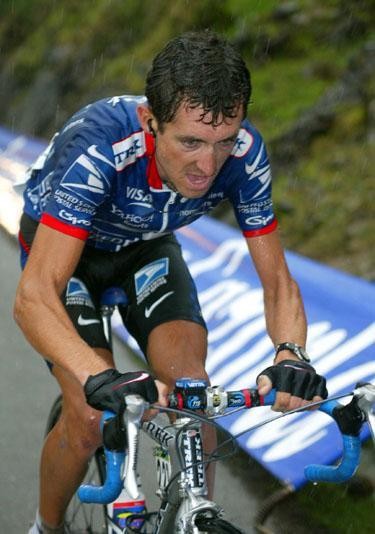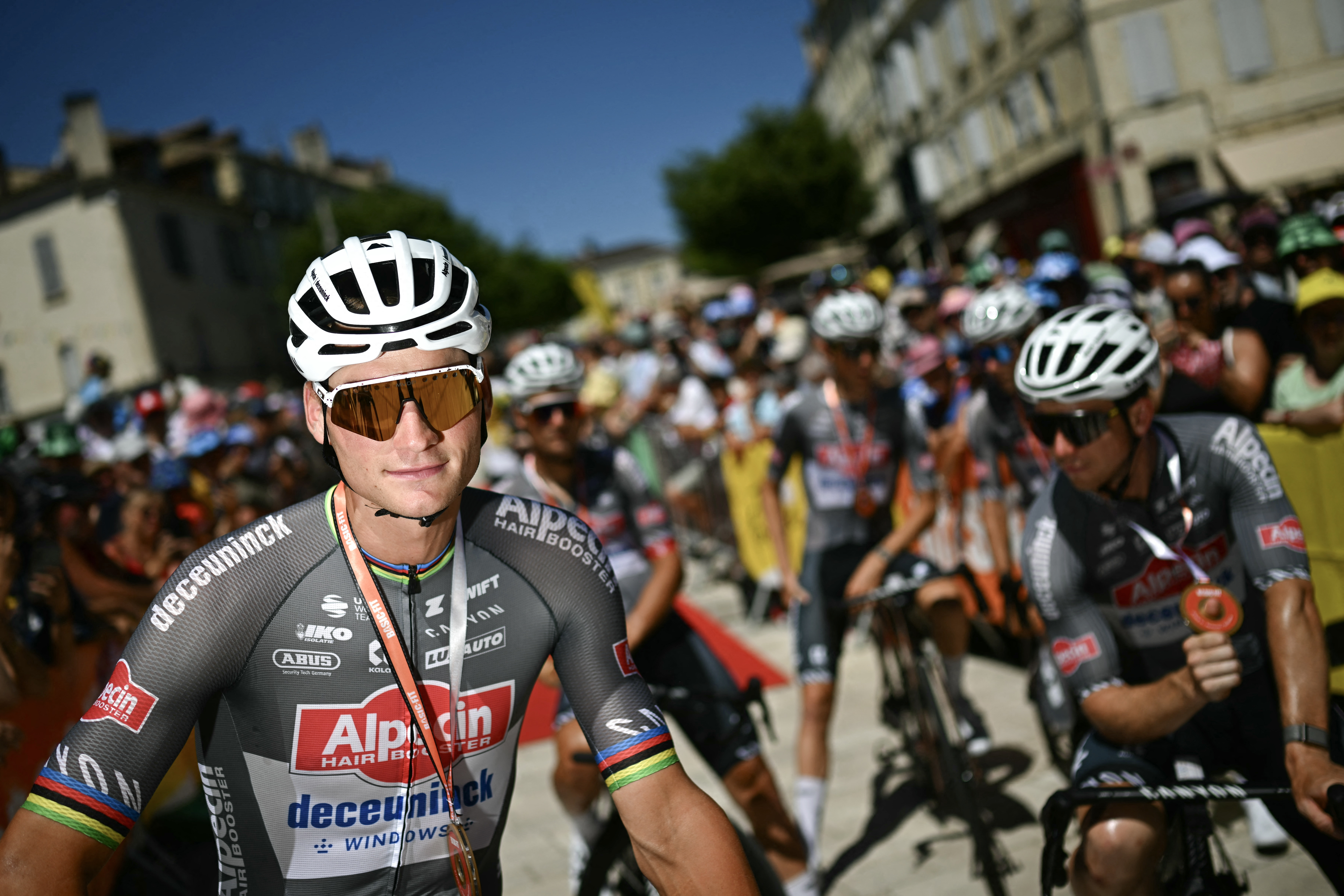Agony in Asturias: Alto del Angliru
They either hate it or detest it. No sane cyclist - professional or otherwise - would climb the Alto...

They either hate it or detest it. No sane cyclist - professional or otherwise - would climb the Alto del Angliru for fun. But for all those whose sentiments for the hardest climb in the world are the polar opposite of affection, no one will argue that whoever wins this stage of the Vuelta a España will become a legend.
Used just three times in the past, the list of winners on Alto del Angliru is a who’s who of the most explosive and exciting climbers in recent history. But what makes the climb, first used in 1999, so exciting for the fans is that they get to see their heroes suffer like mere mortals.
"We’re not animals and this is inhuman," David Millar cursed while refusing to cross the line in 2002.
Having crashed descending the Cordal and gone down again when hit by a team car, Millar rode to the finish, tore off his number, and told the bedraggled press corps exactly what he thought of the stage.
"Half the field was wiped out the previous year - and there are other and safer ways in. But in the wet they sent us over again, and loads crashed," Millar explained. "I had already had a heavy crash, and then got hit by the car. That was what I was protesting about. I was dripping with blood, and they were treating us like performing bears on bikes.
"The police held back the crowds, and then fenced them off so there was no pushing allowed," he added. "Everyone had talked about a protest, it just happened to be me that did it."
Legend in the making
The latest race content, interviews, features, reviews and expert buying guides, direct to your inbox!
Although it is the most mountainous country in Western Europe after Austria, Spain has relatively few legendary climbs considering it hosts one of the sport’s three major Tours.
The introduction of the huge ascent to the Sierra Nevada ski station in 1979 went a little way towards rectifying this aberration, but Spain’s mountainous reputation was given a tremendous boost when what had recently been no more than a goat track was introduced to the race in 1999.
The Alto del Angliru was infamous even before that year's race started as reports flooded in of its ridiculously steep slopes. "Nothing like this has been seen before," two-time Vuelta winner Pedro Delgado declared after returning from a reconnaissance trip of the climb which has an average gradient of over 10 percent for 12.6 kilometres.
"Some riders will be getting off their bikes here," he rightfully predicted, no doubt referring to the section of the climb which reaches 23 percent.
Read the full feature on the Angliru climb here.
